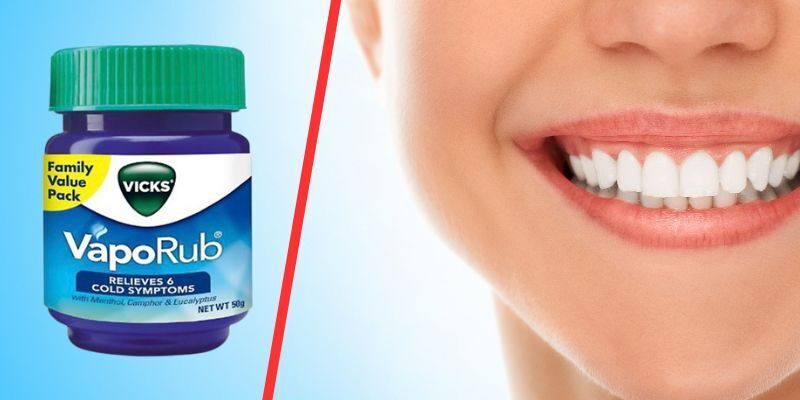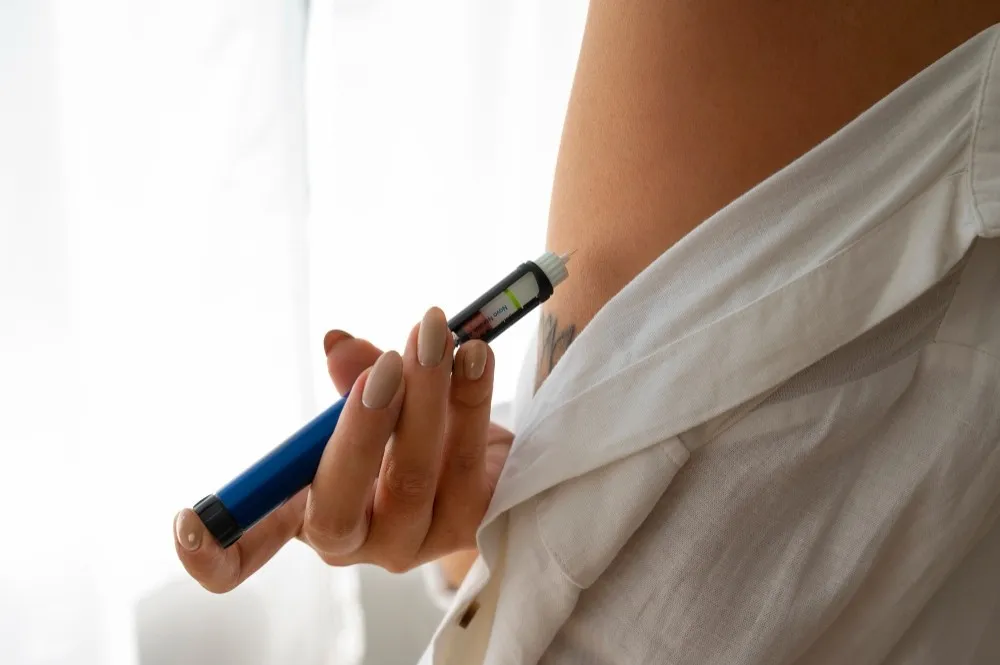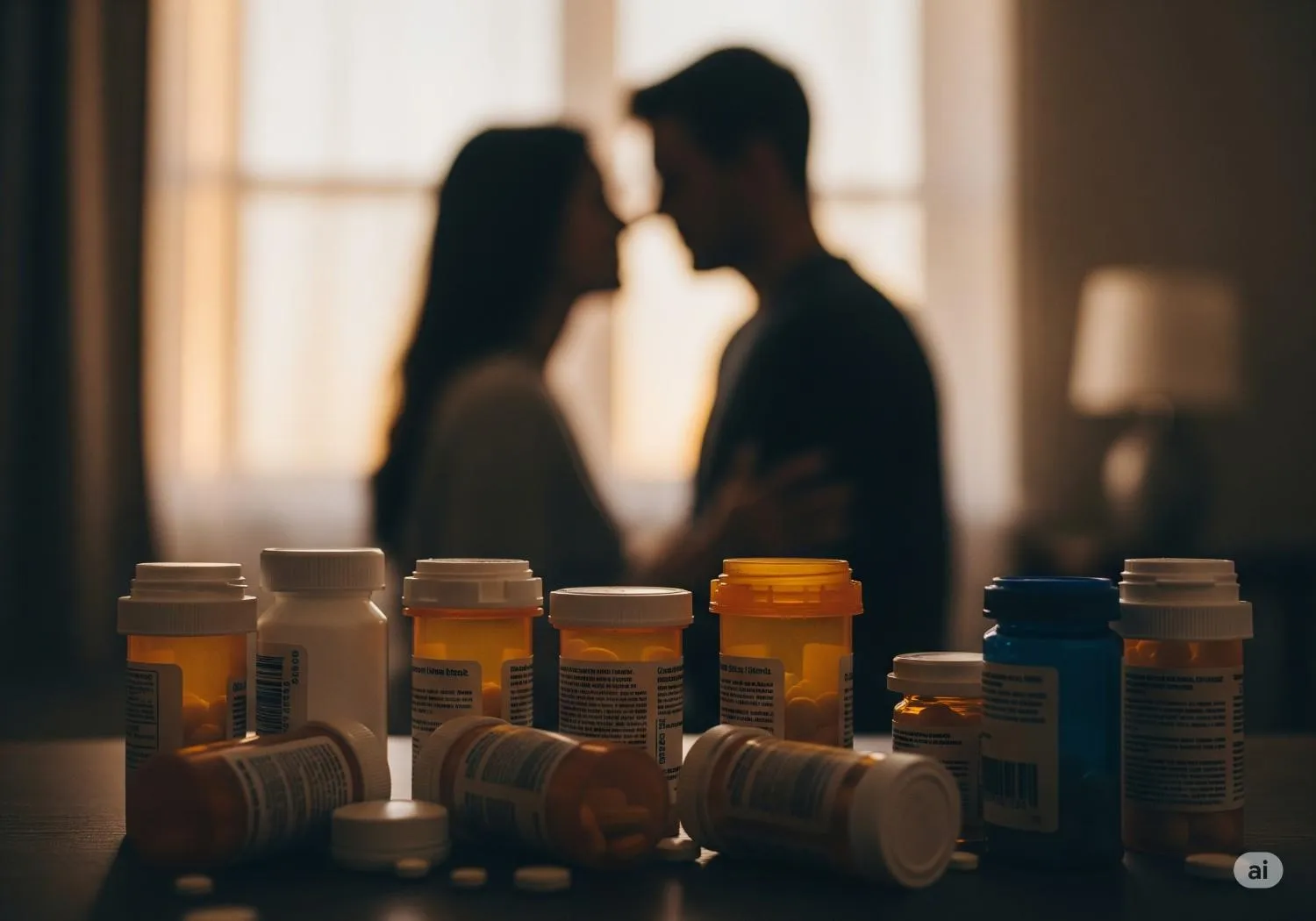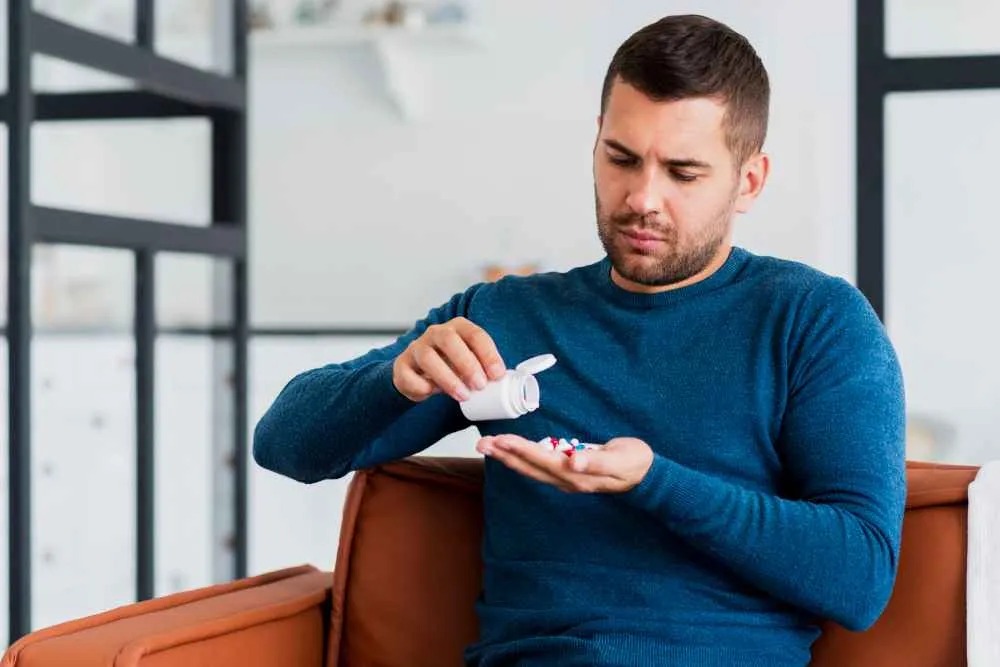|
Low Dose Naltrexone (LDN) blocks opioid effects and supports immune balance. Knowing what to avoid, opioids, alcohol excess, and liver-stressing substances, keeps treatment safe, stable, and clinically effective under medical supervision. |
What happens when a single tablet can block the effects of alcohol or opioids, and even help with inflammation? That’s the intrigue around Low Dose Naltrexone (LDN). Yet, like any therapy, timing and combinations matter.
Understanding what to avoid when taking low-dose naltrexone helps you stay safe and get the most out of treatment. Let’s unpack this with clear, doctor-reviewed guidance.
What to Avoid When Taking Low-Dose Naltrexone
People often think avoiding one or two medicines is enough. But interactions go beyond opioids. They can include common cold syrups, certain supplements, or even lifestyle habits. The aim isn’t fear, it’s awareness.
If you need a cheat sheet, here’s the short version:
-
Skip anything that blocks or mimics opioids.
-
Go easy on heavy-duty herbs or detox blends.
-
Keep alcohol minimal, caffeine reasonable, and sleep steady.
That’s how you keep low-dose naltrexone interactions from turning your routine messy before it even gets started.
Why Precautions Matter Before Starting LDN
LDN affects the opioid system, endorphins, and immune pathways. Even in small doses, this impact is meaningful.
How LDN Works in the Body
-
Uses 1mg–5mg dosing, far lower than the 50mg standard tablet.
-
Briefly blocks opioid receptors.
-
Triggers endorphin rebound, which may support mood and comfort.
-
Helps immune balance through mild LDN immune-modulating effects.
Why Timing and Clean Mixing Matter
-
If opioids are still in the system, LDN can displace them.
-
This displacement causes precipitated withdrawal.
-
Symptoms include sweating, abdominal cramps, shaking, and anxiety.
-
These appear quickly and feel uncomfortable.
Timing Rules
-
Wait 7–10 days after short-acting opioids.
-
Wait 10–14 days after long-acting opioids.
-
Naltrexone has high receptor affinity, pushing other opioids off.
-
Respecting these rules prevents sudden withdrawal.
Why Interactions and Conflicts Happen
The drug has strong binding. NIH explains that naltrexone has high affinity for mu-opioid receptors and can displace opioids from those receptors, which is why withdrawal comes fast if LDN begins early.
This is the core of most low-dose naltrexone opioid interactions.
This matches your earlier point about discomfort. These reactions happen because the receptors switch suddenly, not due to any direct toxic effect of LDN.
The science behind it
When LDN occupies opioid receptors, opioids can’t deliver their usual signal. If taken too soon after opioid use, the body reacts sharply, with sweating, cramps, and anxiety. That’s why doctors emphasize a 7–10 day opioid-free gap before starting. If unsure, they perform a naloxone challenge to confirm safety.
Label data also clarify that naltrexone is not aversive and doesn’t cause a disulfiram-type reaction with alcohol. The focus isn’t punishment, it’s protection of liver function and naltrexone metabolism. For naltrexone and alcohol interaction, mild drinking might not trigger illness, but heavy intake strains the liver and reduces its ability to function.
Here’s where small habits matter. LDN drug interactions often stem from overlaps, sleep meds, herbs, or immune boosters affecting the same systems. To keep patient safety while using LDN, list every item you take, even vitamins, and share it during check-ups.
Medications to Avoid With LDN
NIH and NCBI both warn that trying to override the naltrexone block using high opioid doses increases the chance of respiratory arrest, coma, and death. After stopping naltrexone, even old opioid doses can feel stronger, so overdose risk increases. This is a core item under LDN, what not to take because it changes receptor sensitivity.
1. Opioid-Based Painkillers
Opioids and LDN are polar opposites. Using both cancels benefits and can spark sudden withdrawal. Always avoid opioids such as morphine, oxycodone, hydrocodone, tramadol, or codeine. Maintain 7–10+ days opioid-free before the first dose, or confirm readiness through a naloxone test.
2. Cough and Cold Syrups Containing Opioids
Many cough remedies hide opioids like codeine or hydrocodone. Even anti-diarrheal drugs such as loperamide act on opioid receptors. Check ingredients carefully and ask for non-opioid options. This is one of the most common medications to avoid with LDN, since many users overlook hidden opioid elements.
3. Sedatives, Benzodiazepines, and Sleep Aids
Here’s where things get tricky. Drugs like diazepam, alprazolam, or zolpidem can slow the brain down, which is fine on its own, but when they meet LDN, the whole rhythm changes. You might sleep more deeply one night and stare at the ceiling the next. That’s not because LDN’s “bad.” It’s because both touch the same nervous system switches in different ways.
If you’re already on a benzo or sleep aid, don’t panic. Just talk it through with your doctor before you tweak anything. They’ll often adjust timing or help taper gradually. What matters most is tracking how you actually feel, not just what the label says should happen.
Even though sedatives do not act on the same receptors, they still affect the nervous system. That is why doctors still consider them during low-dose naltrexone interactions review.
4. Immunosuppressants and Anti-inflammatory Drugs
LDN mildly influences immune balance. Pairing it with high-dose steroids or biologics could confuse signals. Coordinate timing and keep regular bloodwork to review liver function and naltrexone tolerance.
These medicines need coordination because LDN ties into autoimmune disorders and low dose naltrexone management.
Summary Table
|
Category |
Examples |
Interaction Concern |
Safer Option |
|
Opioids |
Morphine, Tramadol |
Precipitated withdrawal |
Non-opioid pain plan |
|
Opioid syrups |
Codeine, Hydrocodone |
Hidden exposure |
Dextromethorphan-free syrups |
|
Sedatives |
Diazepam, Zolpidem |
Drowsiness overlap |
Sleep hygiene, CBT-I |
|
Immune drugs |
Prednisone, Methotrexate |
Mixed immune effects |
Doctor-scheduled monitoring |
Each line of the table matters more than it looks; it’s the difference between a comfortable adjustment and a setback.
Supplements, Herbs, and Natural Products to Use with Caution
Supplements sound harmless, but LDN’s pathways overlap with many natural boosters. Some amplify effects, others strain organs.
1. Immune-Activating Herbs
Echinacea, astragalus, or high-dose turmeric can overstimulate the immune response. That may offset LDN’s balancing goal: Discuss cycles of use or lab markers to track progress.
2. Liver-Toxic Supplements
Green-tea extract, kava, or comfrey can pressure the liver. Since naltrexone is already processed there, overloading this organ may increase naltrexone interaction warnings. Periodic liver tests are part of good doctor supervision for LDN.
3. Cannabinoids and CBD Products
CBD oils can interact with drug metabolism and naltrexone. Start small, log sleep and mood for two weeks, then decide with your provider whether to continue.
When reviewing LDN and supplements, ask about quality, dosage, and testing. Unregulated blends pose unknown risks.
The liver carries the load for LDN. LiverTox reports that naltrexone can cause liver enzyme increases in 0–50% of individuals, with approximately 1% experiencing elevations three times the normal level. These are often mild and settle down. Severe liver injury is rare and unproven, but high doses or weak liver health increase risk. This is important for anyone reviewing low-dose naltrexone and liver health concerns.
Food, Drink, and Lifestyle to Avoid
People rarely connect food and routine with how their medicine behaves, but it matters more than they think. What’s on your plate, or in your cup, can quietly influence how well LDN settles in your system. A steady diet supports the liver, and a calmer gut usually means fewer hiccups while adjusting.
Think about it as tuning the background noise. Too much sugar, processed fat, or alcohol makes that noise louder. LDN works best when the body isn’t fighting constant inflammation or fatigue.
Keep an eye on a few habits:
-
Limit heavy alcohol use. It taxes metabolism and clouds progress.
-
Cut back on fried foods and refined sugar that push inflammation up.
-
Ease off late-night caffeine or energy drinks; sleep helps LDN do its work quietly.
Now, about the most common question: can you drink alcohol on low-dose naltrexone?
Some doctors allow an occasional drink, especially if liver tests look fine, but moderation isn’t just a rule; it’s self-preservation.
The label even notes that naltrexone doesn’t cause an “Antabuse-style” reaction with alcohol, so you won’t get violently ill. Still, drinking can dull judgment and delay recovery. The goal isn’t zero joy; it’s controlled choice.
What You Can Safely Use and Recommended Alternatives
Look, people hear the word “avoid” and assume everything’s off the table. That’s not true. You actually have plenty of options that work fine alongside LDN, as long as your doctor’s looped in.
For everyday pain, acetaminophen usually does the job without messing with receptors. Some doctors are okay with mild NSAIDs or topical gels if your stomach handles them well. A heating pad and a short walk can sometimes calm muscle tension more than another pill. Not fancy, just consistent.
When it comes to naltrexone with antidepressants, timing matters more than the combo itself. Some folks take both and do fine; a few notice sleep changes. Adjust timing or dose rather than dropping everything at once.
Supplements? Keep it simple. Vitamin D, omega-3, and a basic probiotic are usually harmless partners. Just add one at a time and track how you feel. That way, if something throws you off, you’ll know the culprit instead of guessing.
And yes, people ask, “Can you take ibuprofen with low-dose naltrexone?” Yes, though not on an empty stomach and not daily forever. If pain hangs around longer than expected, talk to your clinician. Sometimes what helps most isn’t another tablet but better sleep, food, or pacing your day.
Safe Transitions and Timing Guidelines
Switching medications or doses requires rhythm, not rush. When moving from opioids to LDN, stay opioid-free for a minimum. Longer gaps (10 days or more) are ideal. This spacing prevents precipitated withdrawal and secures receptor reset.
If you relapse or take opioids accidentally, wait again before restarting. That’s core to LDN therapy safety. For those tapering psychiatric medications, such as naltrexone with antidepressants, coordinate timing so changes don’t overlap.
Doctors sometimes use “micro-induction” or “step-up” protocols to transition smoothly. These rely on close observation, labs, and patient logs, your best defense against avoidable LDN drug interactions.
NIH guidance is clear that the waiting period matters. People should stay opioid-free for 7–10 days for short-acting opioids and 10–14 days for long-acting ones before starting LDN. This prevents the sudden receptor shift that causes withdrawal. This is one of the top low dose naltrexone precautions.
Final Thoughts
LDN works best when treated like teamwork, not trial-and-error. The rulebook is simple: open communication, consistent testing, and self-tracking.
By knowing what to avoid when taking low-dose naltrexone, you stay ahead of surprises. Each safe step builds trust between you and your treatment plan, and that’s where healing stays steady.
Frequently Asked Questions
What are the side effects of low dose naltrexone?
Though low dose naltrexone is well-tolerated, there are some chances of rare side effects such as nausea, dizziness, vomiting, headache, decreased appetite, vivid dreams, joint pain, and difficulty sleeping (insomnia).
What are some naltrexone off-label uses?
Naltrexone off-label is used to reduce inflammation and relieve pain. Moreover, it also helps in the treatment of certain diseases and health conditions such as cancer and immune dysfunction.
Can I take painkillers while on low dose naltrexone?
Yes, non-opioid ones under medical advice. Acetaminophen or topical gels fit most cases. Review all pain options before use to prevent LDN drug interactions.
What happens if you drink alcohol on LDN?
You may not feel intoxicated, but coordination still drops. Since the label notes no disulfiram-type reaction, focus instead on limiting strain on your liver.
Is it safe to take supplements with naltrexone?
Check each label. Some herbs or detox blends tax the liver or immune system. Discuss supplements to avoid with LDN and dose timing during visits.
Which medications reduce naltrexone effectiveness?
Any opioid or opioid-like drug can blunt results. Also, sedatives and strong anti-inflammatory regimens may confuse signals. Keep a running medication list.
How to avoid side effects of low dose naltrexone?
Start with small doses and build gradually. Track sleep and digestion. Report persistent dizziness, nausea, or vivid dreams, these are manageable with simple timing adjustments.
-User-1754380331.png)
Reviewed by







